The Story of Hibiscus: Beauty, Tradition, and Healing Uses
The hibiscus flower is more than just a vibrant bloom—it carries centuries of meaning, cultural tradition, and remarkable hibiscus benefits. From the gardens of tropical Asia to herbal teas sipped across the globe, hibiscus has earned its reputation as a plant of beauty, culture, and wellness.
From its large, colorful blossoms to its medicinal properties, hibiscus is a plant that fascinates gardeners, herbalists, and health enthusiasts alike. In this blog, we’ll explore the beauty, traditions, and healing uses of hibiscus that make it truly special.
1. The Beauty of Hibiscus
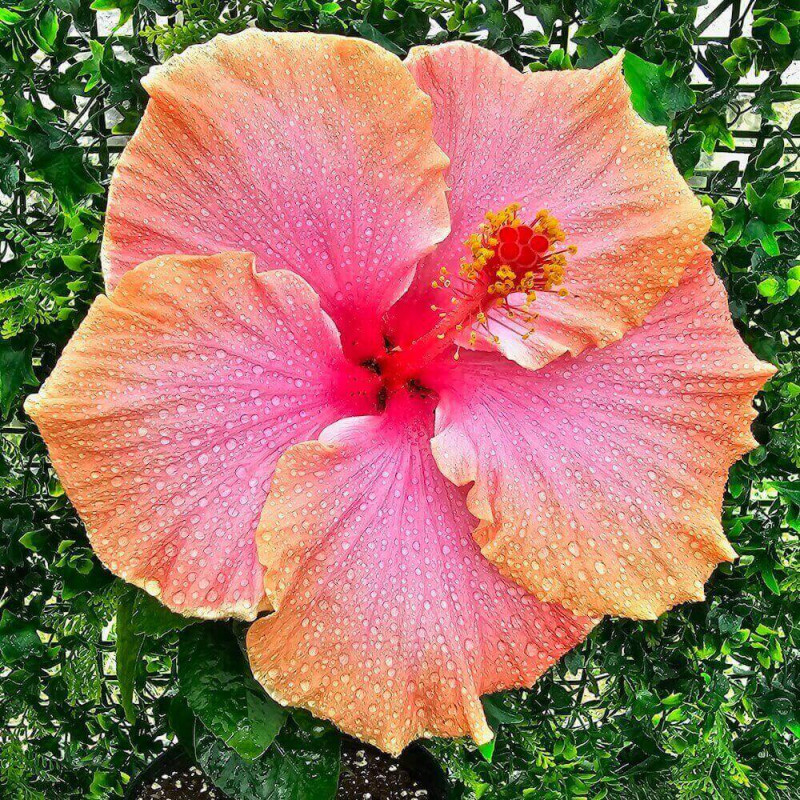
Hibiscus is famous for its large, trumpet-shaped flowers that bloom in bold shades of red, yellow, pink, and white. Its striking flowers, combined with glossy green leaves, make it a favorite in gardens and homes.
- Garden Charm: Hibiscus adds instant appeal to balconies, patios, and garden beds. Even a single hibiscus plant can become a vibrant focal point.
- Varieties: With over 200 species, there’s a hibiscus for every gardener. Popular varieties include Hibiscus rosa-sinensis (ornamental hibiscus), Hibiscus syriacus (shrub hibiscus), and Hibiscus sabdariffa (used for tea).
- Indoor & Outdoor Plant: While mostly associated with tropical climates, hibiscus can thrive indoors in pots, provided it receives enough sunlight.
Its beauty goes beyond visual appeal—its presence often symbolizes warmth, positivity, and joy, which adds to the many hibiscus benefits.
2. Hibiscus in Tradition and Symbolism
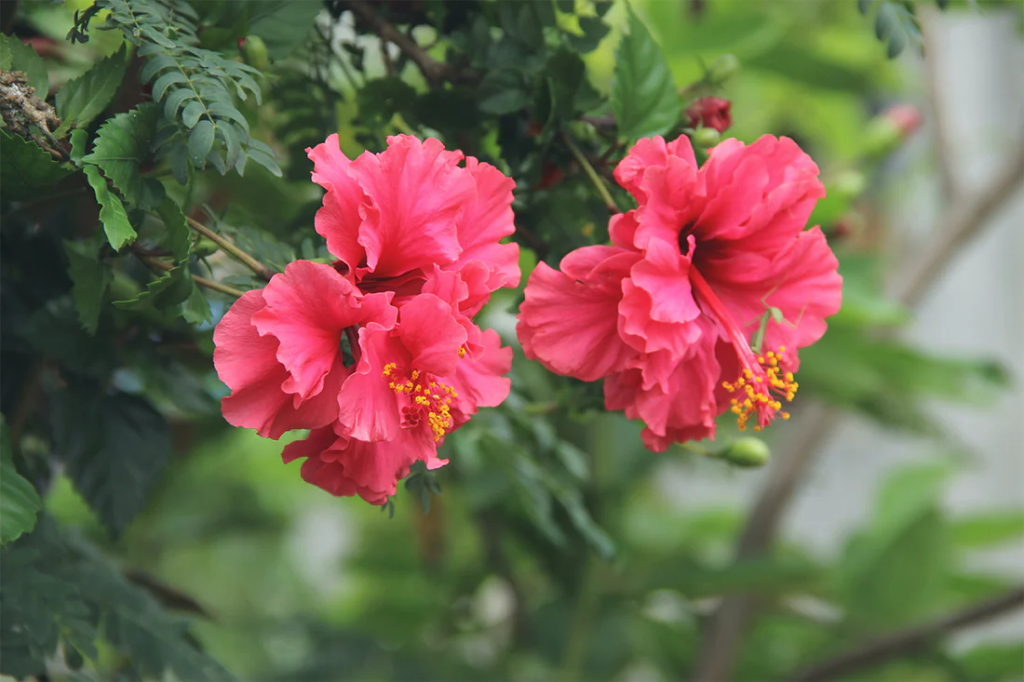
Hibiscus has deep cultural and spiritual significance in many parts of the world.
- Hawaii & Pacific Islands: Hibiscus is known as the “flower of aloha.” It is often worn in the hair to symbolize hospitality, love, and joy.
- India: Red hibiscus flowers are traditionally offered to Goddess Kali and Lord Ganesha. They represent passion, energy, and divine blessings.
- Malaysia: Hibiscus, or Bunga Raya, is the national flower, symbolizing courage, honor, and unity.
- Weddings & Festivals: In many tropical regions, hibiscus garlands are used in weddings and festivals to bring happiness and prosperity.
These traditions highlight that hibiscus is not just a flower of beauty but also one rich in symbolism. This cultural significance is also considered one of the lesser-known hibiscus benefits—its power to bring people together and enhance ceremonial experiences.
3. Hibiscus Healing Uses in Daily Life
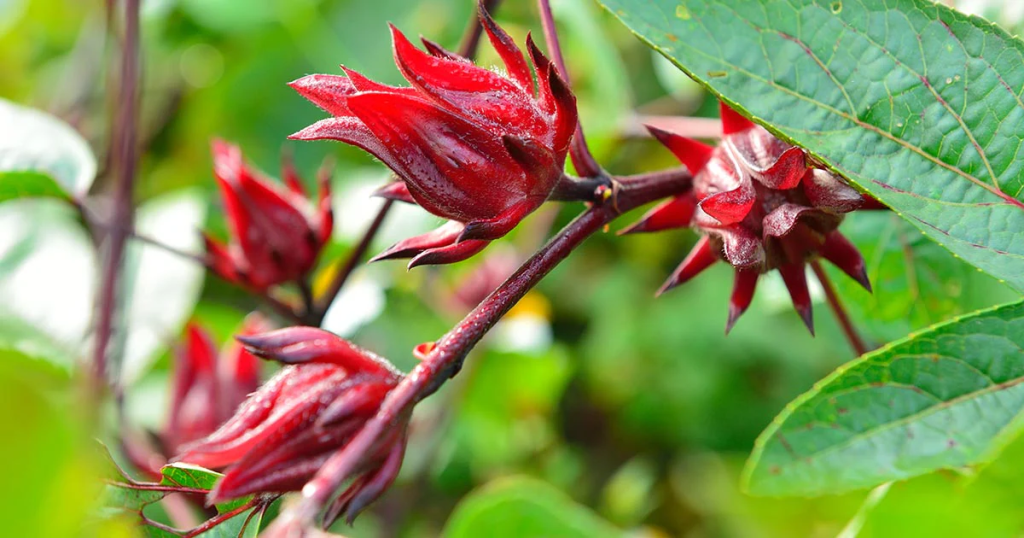
Hibiscus is renowned for its health-promoting properties. Across the globe, people enjoy hibiscus for its healing properties, beauty benefits, and overall wellness support.
3.1 Hibiscus Tea Benefits
One of the most popular uses of hibiscus is hibiscus tea, made from dried petals of Hibiscus sabdariffa. This ruby-red herbal tea is rich in vitamin C, antioxidants, and minerals.
- Supports heart health and helps maintain healthy blood pressure.
- Aids digestion and detoxification.
- Refreshing and cooling, especially during hot summer months.
Drinking hibiscus tea regularly is one of the most accessible ways to enjoy hibiscus benefits.
3.2 Hibiscus for Hair and Skin

Hibiscus is often called the “Botox plant” because it helps maintain skin elasticity naturally.
- Hair Care: Hibiscus masks and oils stimulate hair growth, reduce dandruff, and strengthen hair roots.
- Skin Care: Hibiscus extracts in creams and lotions help keep the skin soft, hydrated, and youthful.
This demonstrates another set of hibiscus benefits that extend beyond nutrition to natural beauty care.
3.3 Ayurvedic & Traditional Medicine
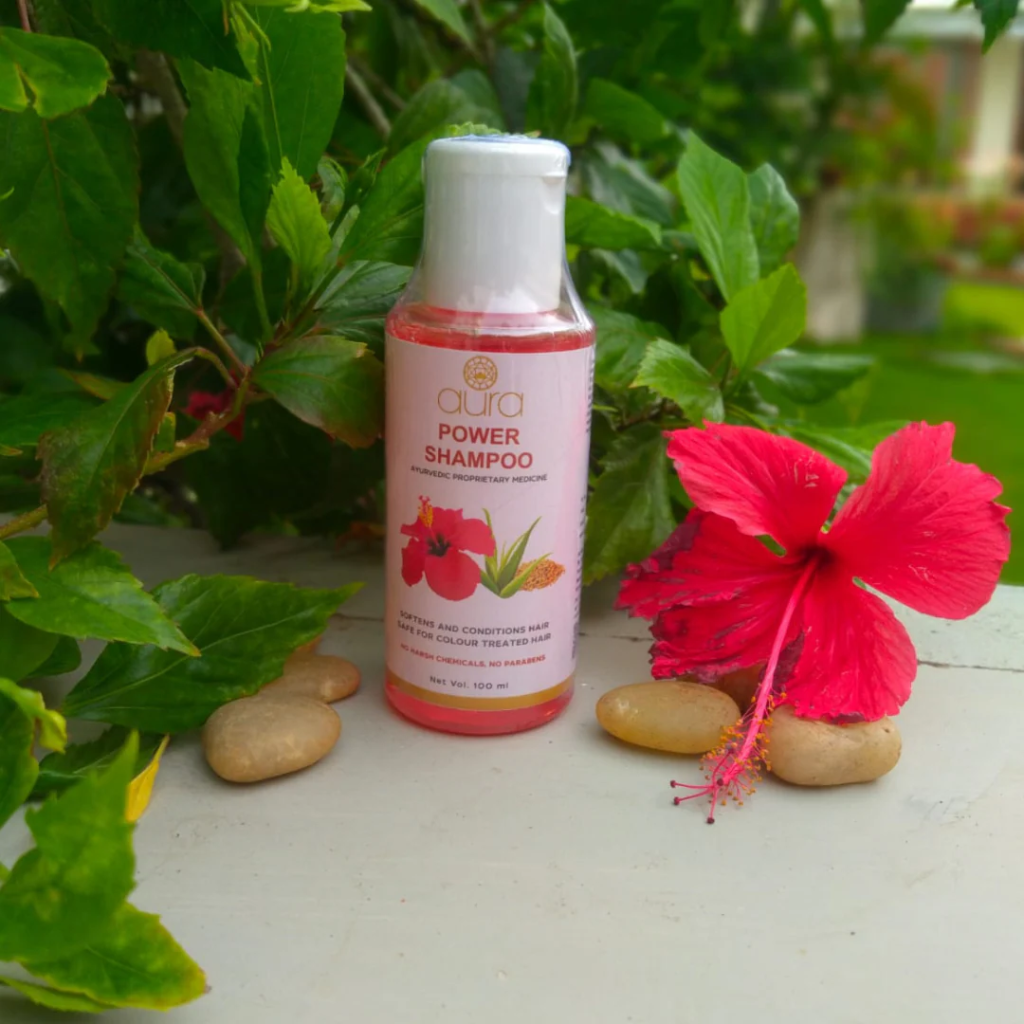
In Ayurveda, hibiscus is considered excellent for balancing body heat and supporting heart and liver health.
- Helps manage pitta dosha (body heat and metabolism).
- Flowers and leaves are used in powders, oils, and herbal decoctions to improve wellness.
Hibiscus’ medicinal properties are yet another example of the hibiscus benefits that have been acknowledged for centuries.
3.4 Weight Management & Immunity
Hibiscus tea may support metabolism and weight management. Its antioxidants strengthen immunity and help fight infections. Regular consumption contributes to overall vitality and wellness, which is one more of the remarkable hibiscus benefits.
3.5 Hibiscus as a Natural Remedy

Hibiscus extracts are used to relieve menstrual discomfort, reduce inflammation, and lower cholesterol. Its natural compounds also have antibacterial properties, making it a trusted remedy in many cultures.
The combination of wellness support, beauty enhancement, and traditional healing truly makes hibiscus benefits wide-ranging and versatile.
4. How to Grow Hibiscus at Home

The joy of hibiscus is not limited to admiration—you can grow it yourself! Caring for a hibiscus plant lets you enjoy fresh flowers for tea and remedies, ensuring you always have access to its hibiscus benefits.
- Light: Needs 5–6 hours of direct sunlight daily.
- Soil: Well-draining, slightly acidic soil is ideal.
- Watering: Keep soil consistently moist but avoid waterlogging. Water more in summer, less in winter.
- Pruning: Trim regularly to encourage bushy growth and more flowers.
- Fertilizer: Use a potassium-rich fertilizer during the blooming season.
Growing hibiscus at home combines beauty, wellness, and practicality in one.
5. Troubleshooting Hibiscus Problems
Even healthy plants face occasional challenges. Common hibiscus problems include:
- Yellow Leaves: Usually due to overwatering or poor drainage.
- Bud Drop: Often caused by sudden temperature changes or low light.
- No Flowers: Can be due to a lack of nutrients or insufficient sunlight.
- Pests: Aphids, whiteflies, and spider mites are common. Neem oil sprays are a natural and effective solution.
Proper care ensures you can fully enjoy the benefits of hibiscus in your home garden and personal wellness routines.
6. Conclusion
The hibiscus is truly a plant of beauty, tradition, and healing. From vibrant garden blooms to sacred offerings, from refreshing tea to natural remedies, hibiscus benefits touch multiple aspects of our lives—spiritual, cultural, and health-wise.
By growing hibiscus at home or incorporating it into your diet and skincare routine, you’re embracing centuries of tradition and the numerous wellness benefits this plant offers.
FAQs on Hibiscus
Q1. Can hibiscus be consumed daily as tea?
Yes, hibiscus tea can be enjoyed daily in moderation (1–2 cups). Excessive intake may lower blood pressure too much.
Q2. Does hibiscus really help with hair growth?
Yes, hibiscus leaves and flowers are known to strengthen roots, stimulate hair growth, and reduce dandruff.
Q3. When is the best time to harvest hibiscus flowers for tea?
Harvest fully bloomed flowers early in the morning. Dry petals in the shade for 3–4 days before storing.
Q4. Is hibiscus suitable for all climates?
Hibiscus thrives in tropical and subtropical climates but can also be grown indoors in colder regions with proper sunlight and warmth.


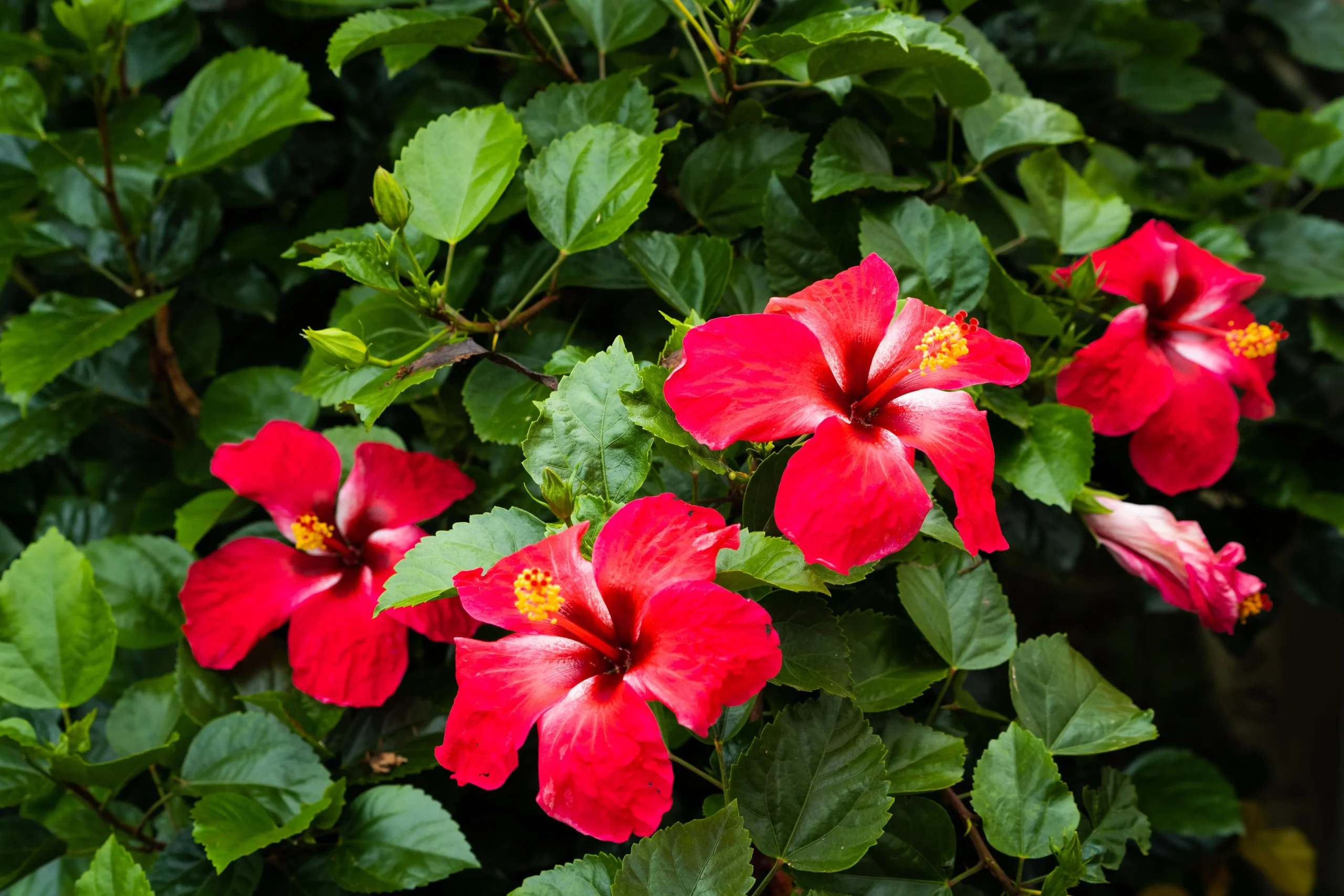

Leave A Comment